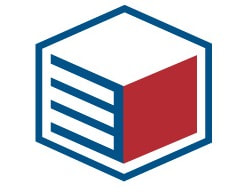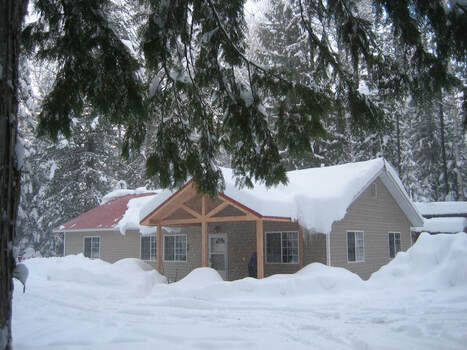|
25/2/2019 0 Comments raking the roofI always thought roof raking wasn't really very helpful. Or so I thought until a couple years ago. I was watching a YouTube video about roofs in which the contributor talked about ice dams. It turns out there is some merit to roof raking - and not just because of the extra weight. Raking off snow helps prevent ice dams and the damage they can cause.
In the long run however, the real cure for ice dams is much safer and easier than raking snow down onto yourself. The real cure is better roof ventilation. That's it. It's fairly common knowledge that ice dams are caused by heat escaping into an attic and melting snow on the roof. The melt water runs down the roof and freezes over the eaves where it isn't warm. Ice builds up, forming a dam which retains more melt water, and eventually some of it backs up under the shingles and leaks into the house. What I learned by watching the video is that even if you have a well-insulated attic or roof space, ice dams can still be a problem after a winter storm because snow is such a good insulator - about R-0.5 to R-1.0 per inch. Consider the following:
The Bottom Line Adequate eaves ventilation is just as important as having a suitable number of roof vents. If you experience ice damming which is not attributable to clogged eaves troughs or frozen down pipes, and you are unsure whether you have adequate ventilation, a quick call to a professional roofing or building contractor, or your home inspector might be a good idea.
0 Comments
Leave a Reply. |
AuthorGil Strachan is a professional home inspector, representing Electrospec Home Inspection Services in east-central Ontario since 1994. CategoriesAll Appliances Buying And Selling Cooling Electrical Environmental Exterior Health And Safety Heating Home Improvement Home Inspection Insulation Insurance Interior Plumbing Roofing Special Structure Archives
January 2024
|


